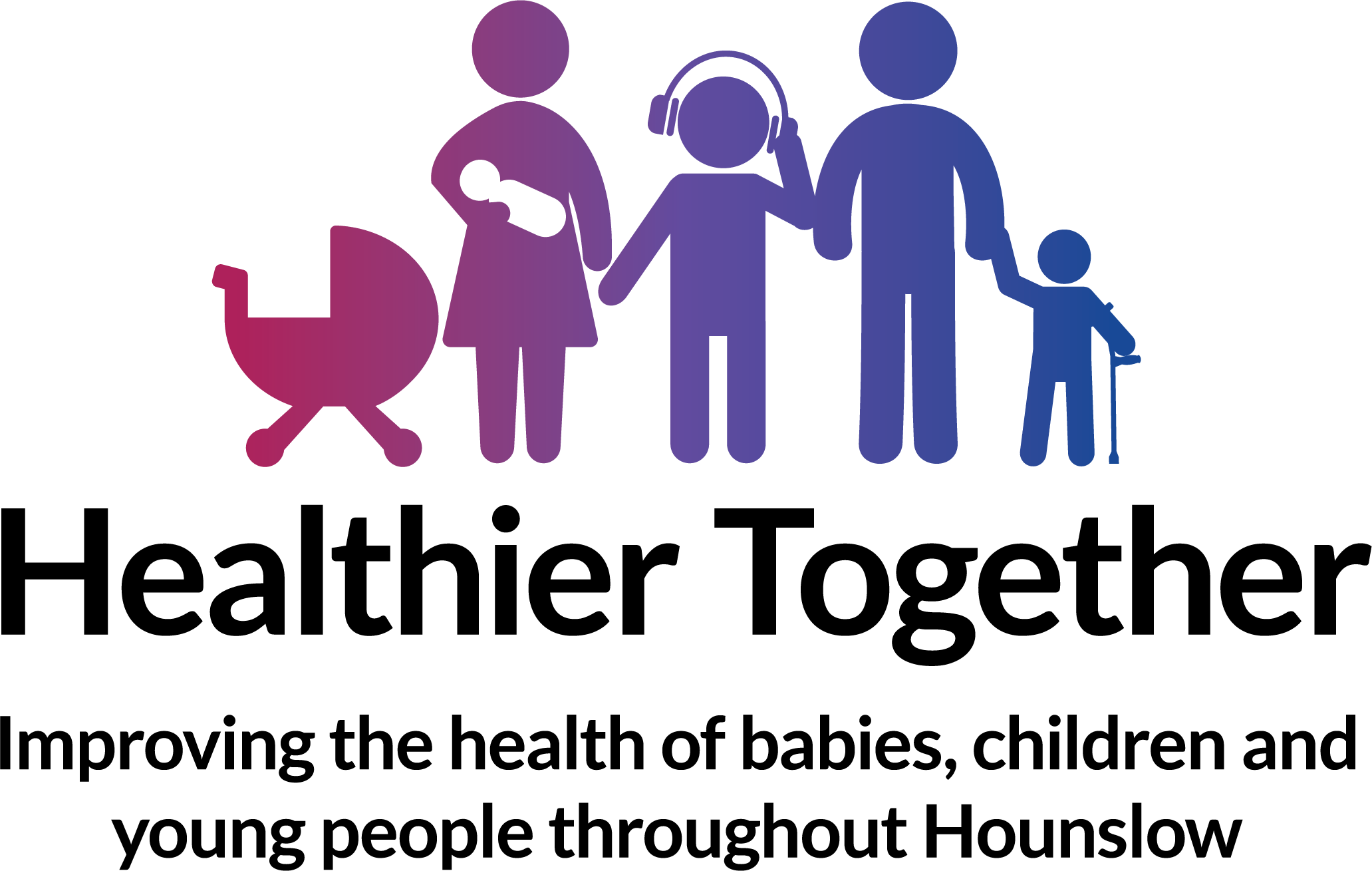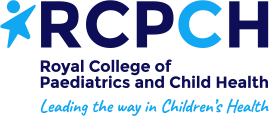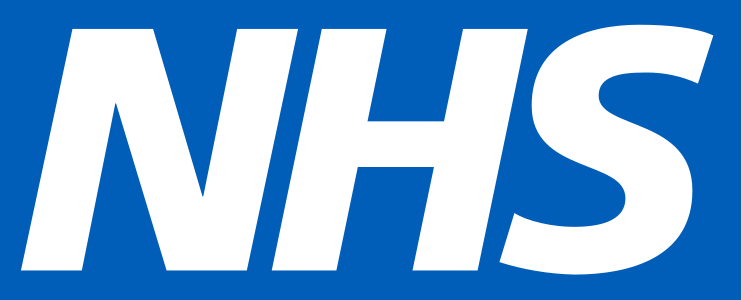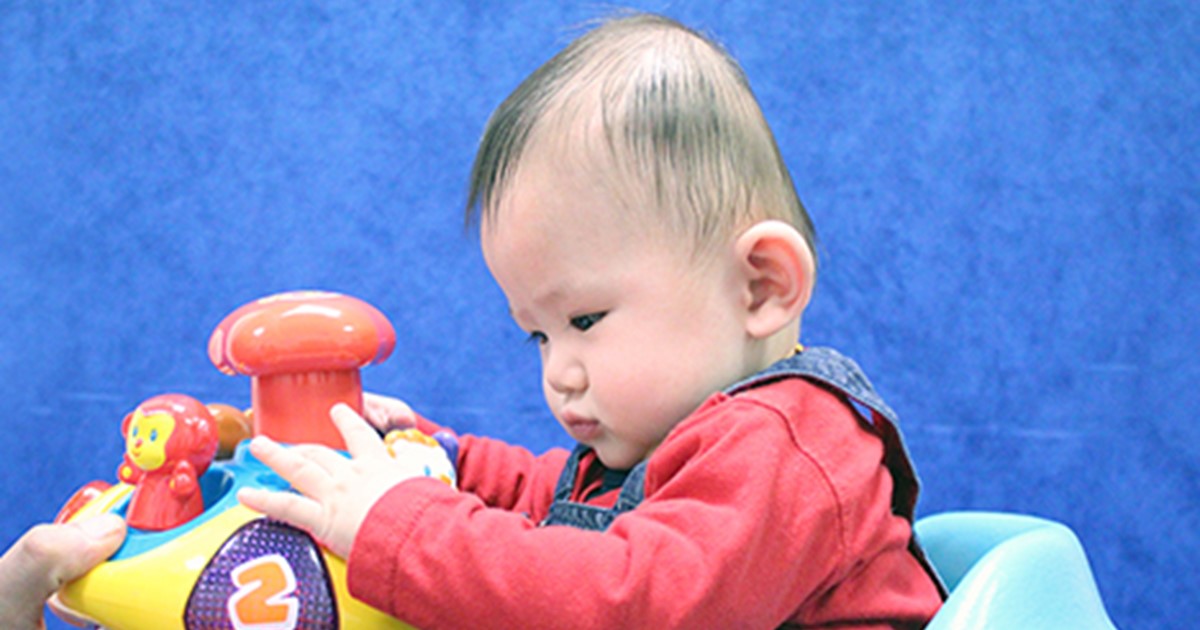- Your baby's head shape should start to improve as your baby grows and starts to move around more, spending less time on their back
- Encourage supervised tummy time when your baby is awake and playing (remember always lay your baby to sleep on their back)
- Watch this video for different tummy time positions
- Stimulate your baby by talking or showing them toys from one side to encourage them to turn their head onto the non-flattened side
- Change which side you hold your baby when you are feeding or carrying them
- Alternate your baby's head position between left and right when they are sleeping on their back
Always remember: The safest sleeping position for your baby is on their back.
Useful Resources



